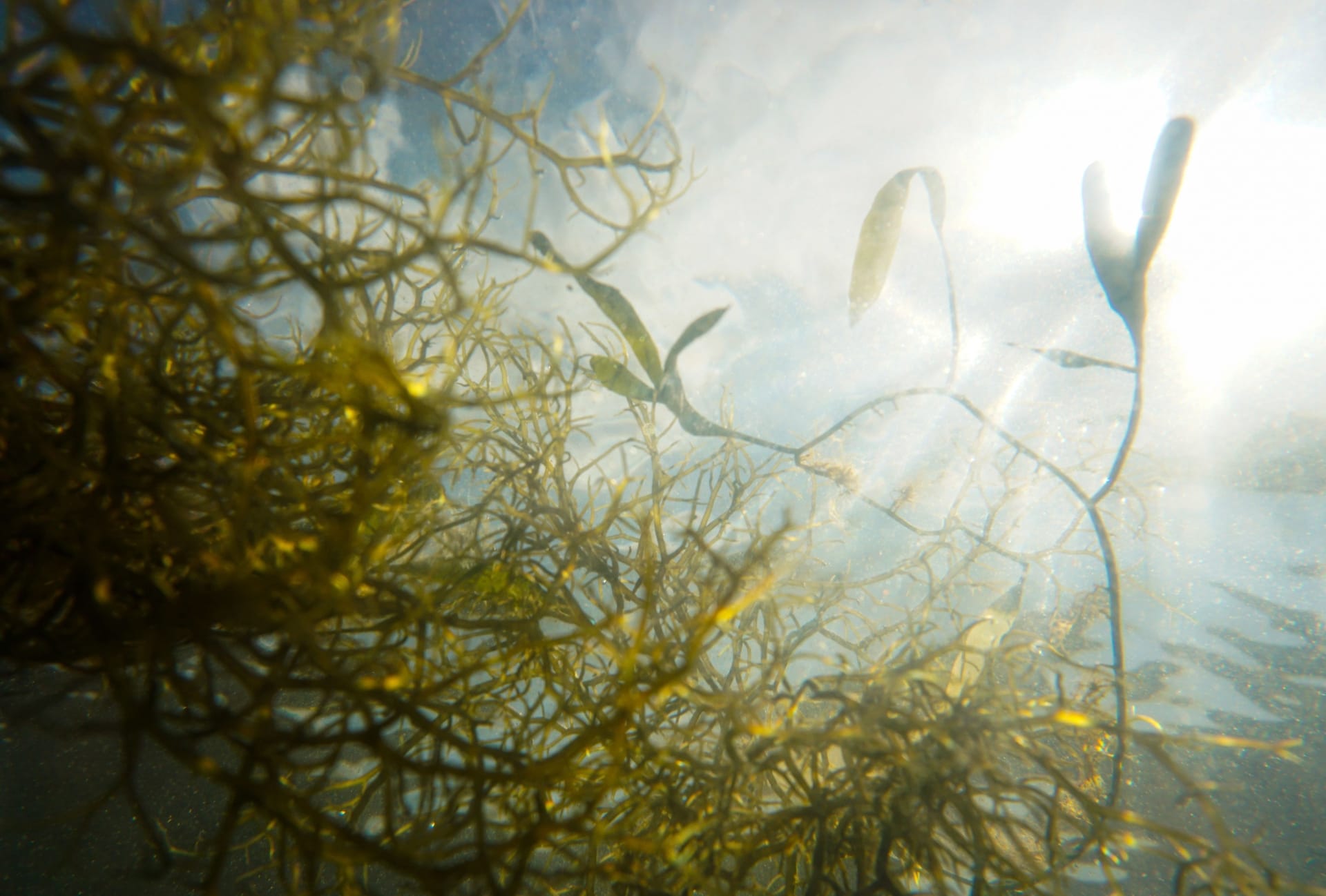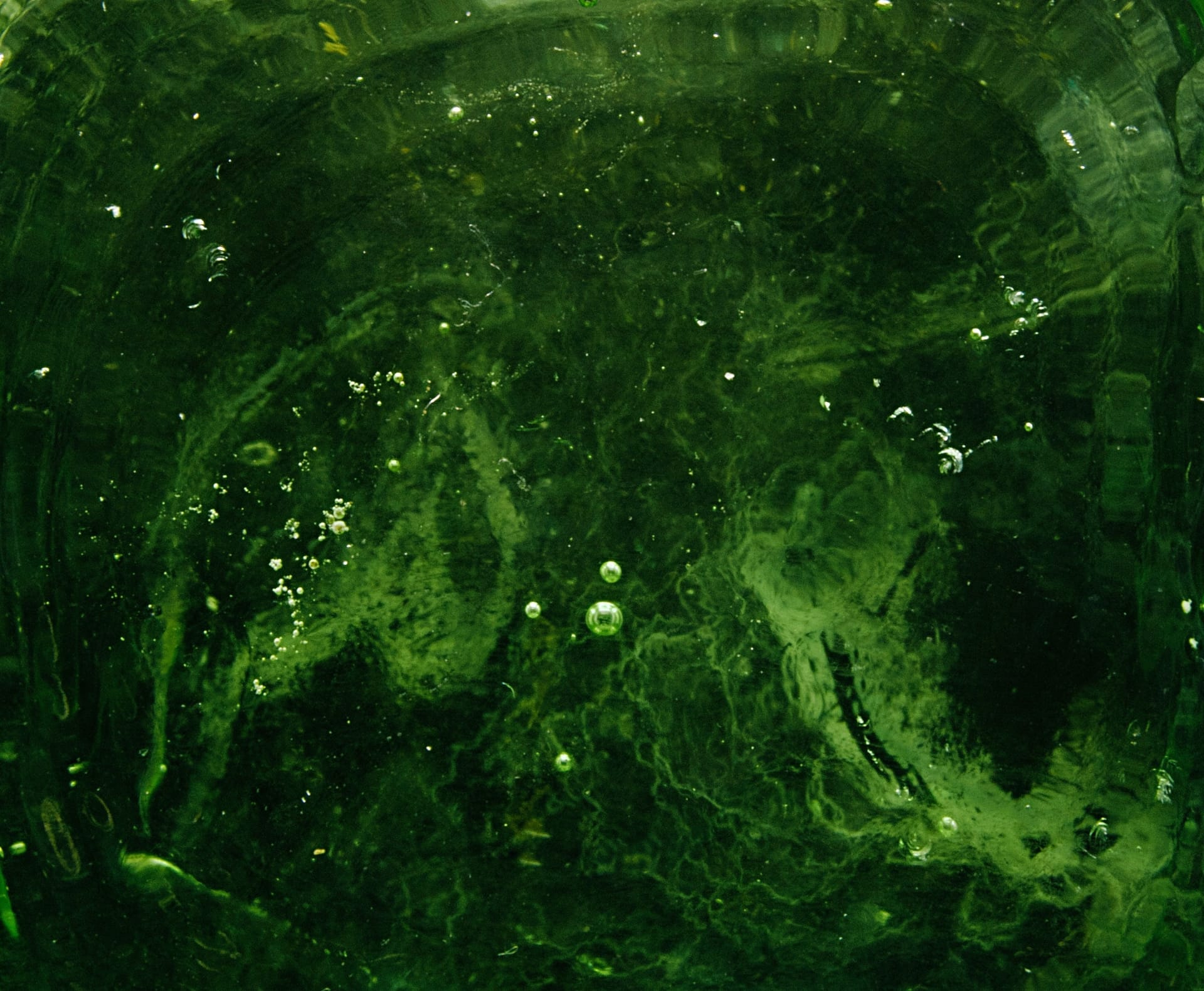Algae
Today, we already know algae as a shell and accessory for sushi or in pill form as a dietary supplement from the Internet or health food store, but the culinary, nutritional and above all marine-agricultural or “sea-economic” potential is far greater. Algae will therefore have a great career on our plates in the coming years, because not only the megatrend of health, but also that of neo-ecology speak for them. In addition to their health-promoting effects (algae are rich in high-quality protein, valuable nutrients and fiber, and low in fat and potassium), it is above all the potentially important role of sustainable food security in the future – algae are available in large quantities in our oceans and can be cultivated particularly well. The global algae market was valued at $782.9 million in 2020 and is expected to reach approximately $1.2 billion by 2027, growing at a CAGR of 6.2%.

Another advantage of algae is their versatility and the different ways in which they can be used – as food and a source of nutrients, as a meat substitute and health elixir, or even as a starting product for packaging. Provectus Algae is developing a biotechnology based on microalgae, with the help of which the next industrial revolution is to be ushered in through precision photosynthesis. In addition to foodstuffs, therapeutics and products relevant to agriculture (plant protection products, animal feed, etc.) are also to be produced. The Finnish startup Redono is also focusing on the cultivation of microalgae for the production of food, feed and high-quality chemicals. And the company Seamore uses macroalgae or seaweed for the production of a tagliatelle variant, which is thus suitable even for gluten allergy sufferers.

Best Practices: PROVECTUS ALGAE, REDONO, SEAMORE, SMALLFOOD